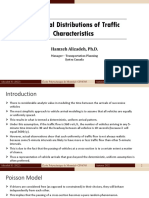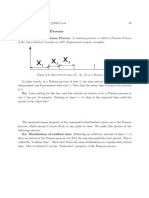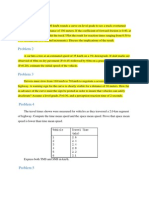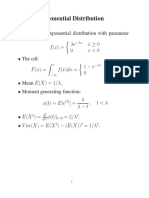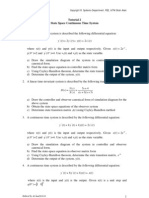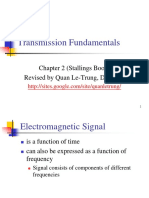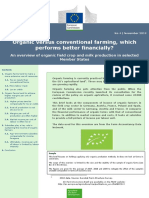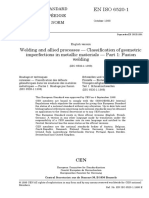0% found this document useful (0 votes)
148 views11 pagesModule 4 - Models of Traffic Flow
The document discusses models of traffic flow, focusing on deterministic and Poisson arrival patterns. It provides example problems that illustrate the calculation of vehicle arrival probabilities using the Poisson distribution, including scenarios with varying time intervals and vehicle counts. Additionally, it presents an activity related to estimating the number of intervals with specific vehicle arrivals based on observed data.
Uploaded by
Jezrael NacionCopyright
© © All Rights Reserved
We take content rights seriously. If you suspect this is your content, claim it here.
Available Formats
Download as PDF, TXT or read online on Scribd
0% found this document useful (0 votes)
148 views11 pagesModule 4 - Models of Traffic Flow
The document discusses models of traffic flow, focusing on deterministic and Poisson arrival patterns. It provides example problems that illustrate the calculation of vehicle arrival probabilities using the Poisson distribution, including scenarios with varying time intervals and vehicle counts. Additionally, it presents an activity related to estimating the number of intervals with specific vehicle arrivals based on observed data.
Uploaded by
Jezrael NacionCopyright
© © All Rights Reserved
We take content rights seriously. If you suspect this is your content, claim it here.
Available Formats
Download as PDF, TXT or read online on Scribd
/ 11
